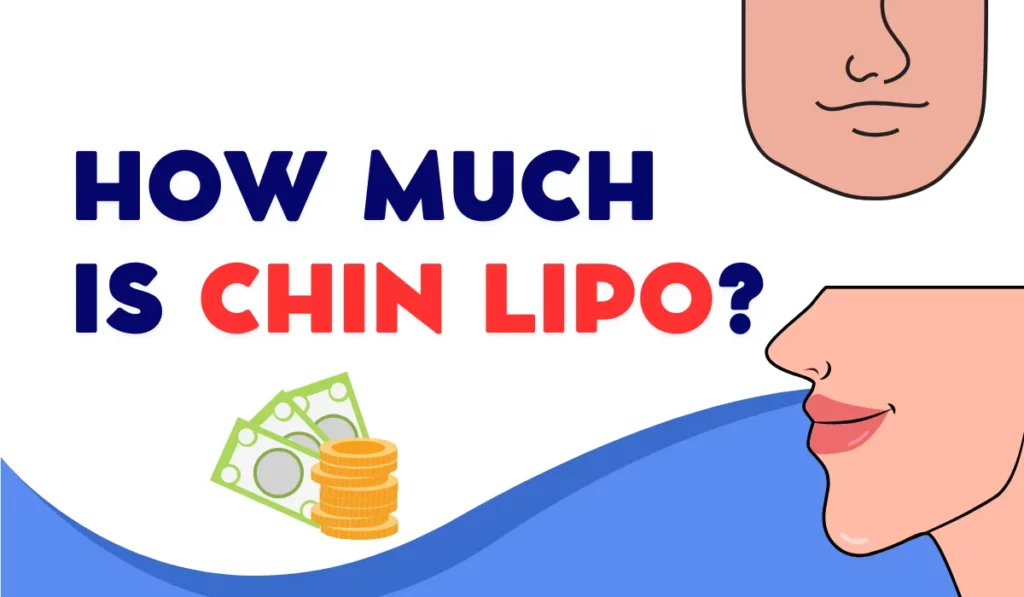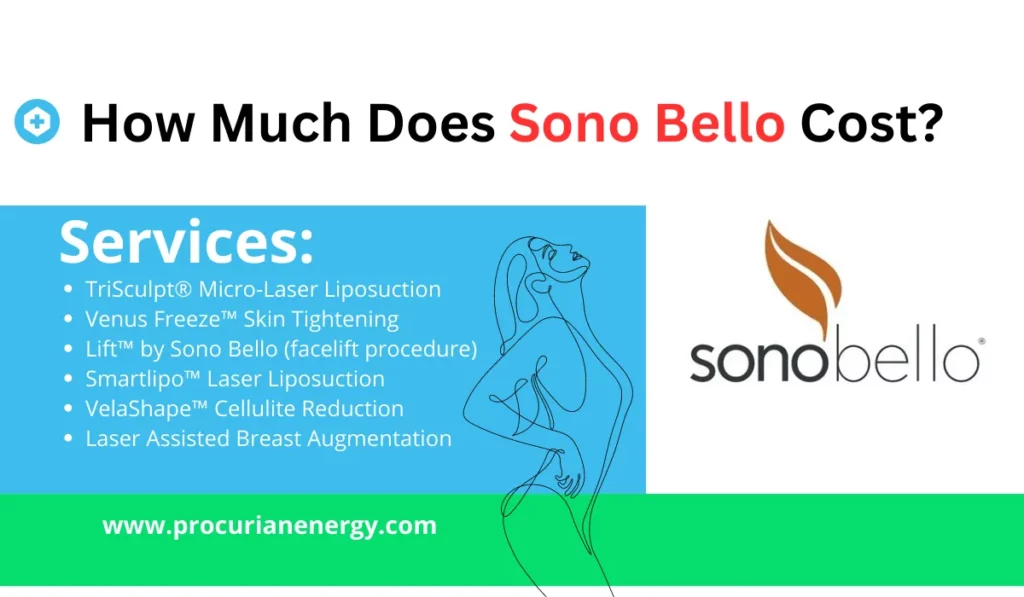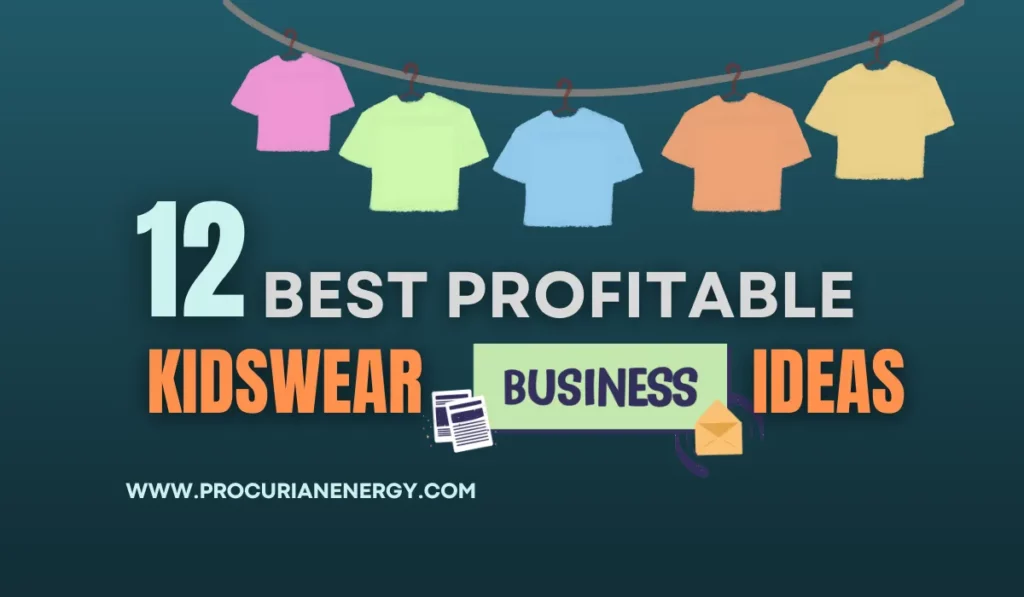
The kidswear market is experiencing tremendous growth, driven by the increasing demand for trendy and high-quality children’s clothing.
As parents seek fashionable and comfortable outfits for their little ones, there is a wealth of opportunities for entrepreneurs to tap into this thriving industry.
In this blog post by ProCurian, we will explore ten of the best profitable kidswear business ideas, providing detailed insights and guidance for aspiring business owners.
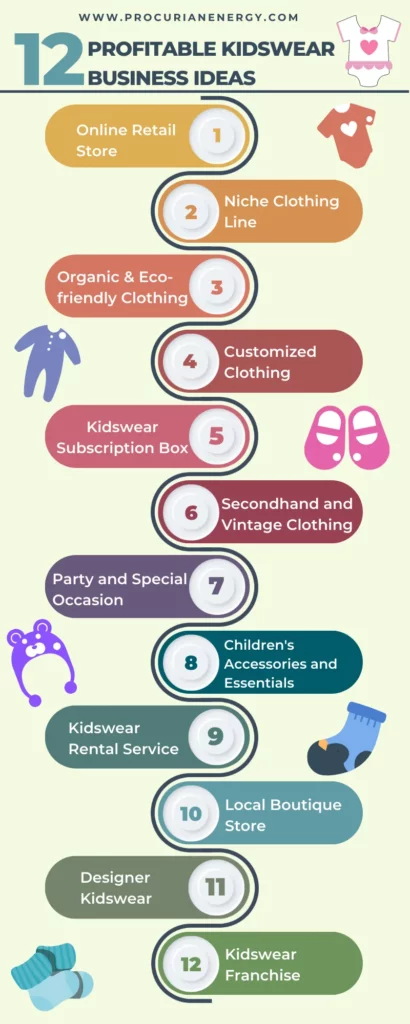
1. Online Retail Store
| Investment Details | Estimated Cost |
|---|---|
| Website Development | $2,000 – $5,000 |
| Inventory | $10,000 – $20,000 |
| Packaging Materials | $500 – $1,000 |
| Marketing | $2,000 – $5,000 |
| Shipping | $1,000 – $3,000 |
| Payment Processing | $500 – $1,000 |
| Photography Equipment | $1,000 – $3,000 |
| Miscellaneous | $500 – $1,000 |
| Total Investment | $17,500 – $39,000 |
In today’s digital age, setting up an online retail store is a lucrative option for entering the kidswear market.
Establishing an e-commerce platform allows you to reach a broader audience and operate with lower overhead costs.
Also See: How to Raise Money for a Business without a Loan?
2. Niche Clothing Line
| Investment Details | Amount |
|---|---|
| Market Research | $1,000 – $2,000 |
| Business Registration | $500 – $1,000 |
| Design and Prototyping | $5,000 – $10,000 |
| Manufacturing Equipment | $10,000 – $20,000 |
| Inventory | $5,000 – $15,000 |
| Website Development | $2,000 – $5,000 |
| Marketing and Advertising | $5,000 – $10,000 |
| Staff Salaries | $10,000 – $20,000 |
| Packaging and Labels | $1,000 – $3,000 |
| Miscellaneous Expenses | $2,000 – $5,000 |
| Contingency Fund | 10-15% of total investment |
Catering to a specific niche within the kidswear market can set you apart from the competition.
Consider targeting specific age groups or styles such as newborns, toddlers or tweens.
Design unique and trendy clothing that appeals to your target audience.
Collaborating with local designers or artists can add an extra touch of creativity and exclusivity to your clothing line.
3. Organic and Eco-friendly Clothing
| Investment Details | Cost |
|---|---|
| Research and Market Analysis | $5,000 – $10,000 |
| Business Registration and Licenses | $500 – $1,000 |
| Product Development | $20,000 – $30,000 |
| Manufacturing Equipment | $10,000 – $20,000 |
| Raw Materials and Fabrics | $15,000 – $25,000 |
| Website Development and Design | $5,000 – $10,000 |
| Marketing and Advertising | $10,000 – $15,000 |
| Packaging and Branding | $5,000 – $7,000 |
| Inventory and Initial Stock | $10,000 – $15,000 |
| Staff Salaries and Training | $20,000 – $30,000 |
| Rent and Utilities | $10,000 – $15,000/year |
| Contingency Fund | $5,000 – $10,000 |
| Total Investment Range | $115,500 – $198,000 |
With the increasing awareness of sustainability, there is a growing demand for organic and eco-friendly clothing options for children. Source organic fabrics and materials that are free from harmful chemicals.
Educate your customers about the benefits of organic clothing, such as being hypoallergenic and environmentally friendly.
Highlight your commitment to sustainability to attract conscious consumers.
Also See: How to Raise Money for a Business without a Loan?
4. Customized Clothing
| Investment Details | Amount |
|---|---|
| Equipment and Tools | $10,000 |
| Inventory | $15,000 |
| Website Development | $5,000 |
| Marketing and Advertising | $8,000 |
| Rent and Utilities | $12,000 |
| Staff Salaries | $20,000 |
| Contingency Funds | $5,000 |
| Total Investment | $75,000 |
Personalization is a trend that continues to gain popularity. Offering customized clothing options allows parents to create unique outfits for their children.
Provide services like monogramming, embroidery or patchwork to add a personal touch.
This customization aspect can elevate the shopping experience and foster a deeper connection with your brand.
5. Kidswear Subscription Box
| Investment Details | Estimated Cost |
|---|---|
| Product sourcing | $10,000 – $20,000 |
| Website development and design | $5,000 – $10,000 |
| Packaging and branding | $3,000 – $5,000 |
| Inventory management system | $2,000 – $4,000 |
| Marketing and advertising | $5,000 – $10,000 |
| Shipping and fulfillment | $4,000 – $6,000 |
| Equipment and office setup | $2,000 – $4,000 |
| Legal and professional fees | $1,000 – $3,000 |
| Contingency (10% of total) | $3,500 – $7,500 |
The subscription box model is a fantastic way to keep customers engaged and generate recurring revenue.
Curate monthly or quarterly kidswear boxes tailored to different age groups and preferences.
Partner with other brands for cross-promotion including toys, accessories or children’s books.
Providing a surprise element and convenience of doorstep delivery can attract busy parents looking for hassle-free shopping experiences.
6. Secondhand and Vintage Clothing
| Investment Details | Amount |
|---|---|
| Initial Inventory | $10,000 – $20,000 |
| Store Renovation and Setup | $5,000 – $10,000 |
| Equipment and Fixtures | $3,000 – $5,000 |
| Marketing and Advertising | $2,000 – $5,000 |
| Point-of-Sale System | $1,000 – $3,000 |
| Online Store Development | $2,000 – $5,000 |
| Staff Training and Hiring | $1,000 – $3,000 |
| Contingency and Miscellaneous | $2,000 – $5,000 |
| Total Investment | $26,000 – $56,000 |
Capitalizing on the growing market for sustainable fashion, consider starting a secondhand or vintage kidswear business.
Collect and curate high-quality items from consignment or thrift stores, ensuring they meet your quality standards.
Establish an online marketplace or physical consignment store where customers can find unique and eco-friendly clothing options at affordable prices.
7. Party and Special Occasion
| Investment Details | Cost |
|---|---|
| Research and Market Analysis | $1,000 |
| Business Registration and Licensing | $500 |
| Renting a Storefront | $2,000 per month |
| Store Renovation and Decoration | $5,000 |
| Inventory and Product Sourcing | $10,000 |
| Website Development and Maintenance | $3,000 |
| Marketing and Advertising | $2,500 per month |
| Staff Salaries and Training | $4,000 per month |
| Equipment and Supplies | $2,500 |
| Contingency Fund (10% of Total Investment) | $3,350 |
| Total Investment | $34,850 |
Wear Children’s parties and special events provide an opportunity for parents to dress their little ones in stylish outfits.
Offering a wide selection of party and special occasion wear can be a profitable niche.
Provide unique and fashionable options for birthdays, weddings, holidays and other celebrations.
Additionally, consider offering rental options for one-time wear outfits to cater to budget-conscious customers.
8. Children’s Accessories and Essentials
| Investment Details | Cost |
|---|---|
| Inventory | $20,000 |
| Store/Rental Space | $5,000/month |
| Store Renovation/Setup | $10,000 |
| Point of Sale System | $2,000 |
| Marketing and Advertising | $5,000 |
| Staff Salaries | $15,000/month |
| Utilities and Miscellaneous | $1,000/month |
| Website Development | $3,000 |
| Packaging and Shipping | $2,000/month |
| Contingency Fund | $5,000 |
| Total Investment | $73,000 |
Expand your product range beyond clothing by including children’s accessories and essentials.
Stock items like shoes, hats, bags and jewelry that complement your clothing offerings.
Additionally, consider including essential items such as diapers, bibs, blankets and other baby care products.
This comprehensive approach allows parents to find all their children’s needs in one convenient location.
9. Kidswear Rental Service
| Investment Details | Cost |
|---|---|
| Market Research | $2,000 |
| Business Registration and Licensing | $500 |
| Website Development and Design | $5,000 |
| Inventory and Kidswear Purchases | $10,000 |
| Rental Management Software | $2,500 |
| Marketing and Advertising | $3,000 |
| Operational Expenses (Rent, Utilities, Packaging) | $4,000 |
| Staff Salaries and Training | $6,000 |
| Contingency Fund | $3,000 |
| Total Investment | $36,000 |
Offering a rental service for special occasion clothing can be a cost-effective option for parents.
Many events such as weddings or parties, require formal attire that children quickly outgrow.
By providing affordable rental options, you can cater to one-time needs and ensure parents have access to stylish clothing without the hefty price tag.
10. Local Boutique Store
| Investment Details | Cost |
|---|---|
| Store Rental | $1,500 – $3,500/month |
| Store Renovation | $5,000 – $10,000 |
| Inventory | $10,000 – $20,000 |
| Point of Sale (POS) System | $1,000 – $2,500 |
| Store Fixtures and Decor | $3,000 – $5,000 |
| Marketing and Advertising | $2,000 – $5,000 |
| Staff Salaries | $3,000 – $5,000/month |
| Utilities | $200 – $500/month |
| Insurance | $500 – $1,000/year |
| Miscellaneous Expenses | $1,000 – $2,000 |
| Contingency (10% of Total) | $2,500 – $5,000 |
| Total Investment | $29,700 – $59,000 |
While the online marketplace offers tremendous opportunities, opening a physical boutique store can provide a unique shopping experience.
Choose a strategic location with high foot traffic and create a warm and inviting atmosphere.
Offer personalized assistance to customers and curate a selection of trendy and high-quality kidswear.
Hosting events, workshops or play areas can further engage customers and build a loyal community around your store.
11. Designer Kidswear
| Investment Details | Cost |
|---|---|
| Store Rental and Renovation | $50,000 |
| Inventory Purchase | $100,000 |
| Equipment and Fixtures | $20,000 |
| Website Development and Design | $10,000 |
| Marketing and Advertising | $30,000 |
| Staff Recruitment and Training | $15,000 |
| Legal and Licensing Fees | $5,000 |
| Contingency Fund | $10,000 |
| Total Investment | $240,000 |
For those seeking a high-end market, consider creating a line of luxury kidswear.
Collaborate with renowned designers or brands to develop exclusive collections that cater to affluent parents.
Position your brand as a symbol of style and quality and target customers who are willing to invest in premium clothing for their children.
12. Kidswear Franchise
| Investment Details | Cost |
|---|---|
| Franchise Fee | $30,000 – $100,000 |
| Store Location | $10,000 – $50,000 |
| Renovation and Setup | $20,000 – $50,000 |
| Initial Inventory | $50,000 – $100,000 |
| Point of Sale System | $5,000 – $10,000 |
| Marketing and Advertising | $5,000 – $20,000 |
| Staff Training | $2,000 – $5,000 |
| Legal and Licensing | $2,000 – $5,000 |
| Miscellaneous Expenses | $5,000 – $10,000 |
| Contingency Fund | $10,000 – $20,000 |
| Total Investment | $139,000 – $370,000 |
If you prefer a turnkey solution, consider investing in a popular kidswear franchise.
Joining a franchise allows you to leverage an established brand and proven business model.
Ensure you effectively manage and market the franchise in your local area to attract customers and build a successful venture.
Best Small Business Baby Products to Sell
Some examples of small business baby products are:
- Handmade Baby Clothing
- Organic Baby Skincare
- Eco-Friendly Diapers
- Baby Carriers and Slings
- Nursing Covers
- Wooden Toys
- Personalized Baby Gifts
- Baby Food and Snacks
- Teething Products
- Baby Room Decor
Baby Products Business Plan
Here’s a step-by-step guide for a baby products business plan:
Step 1: Market Research and Analysis
- Identify target market (e.g., parents, caregivers)
- Analyze current trends in the baby products industry
- Assess competitors and their product offerings
- Understand customer needs, preferences and pain points
- Determine pricing strategies and potential sales channels
Step 2: Define Your Product Line
- Select a range of baby products to offer (e.g., diapers, clothing, toys)
- Focus on unique selling points (e.g., eco-friendly, organic, innovative designs)
- Consider product development and sourcing strategies
- Plan for quality control and safety standards
Step 3: Create a Marketing and Sales Strategy
- Develop a brand identity and positioning
- Outline marketing campaigns and promotions
- Utilize online and offline marketing channels (e.g., social media, trade shows)
- Set sales targets and distribution methods
- Establish partnerships with retailers and wholesalers
Step 4: Financial Planning
- Estimate startup costs (e.g., manufacturing, marketing, rent)
- Prepare financial projections (e.g., sales forecasts, expenses, cash flow)
- Determine pricing strategies and profit margins
- Explore funding options (e.g., self-funding, loans, investors)
Step 5: Operational Plan
- Define the location and layout of the business premises
- Set up inventory management and storage systems
- Establish relationships with suppliers and manufacturers
- Plan for staff recruitment, training, and management
- Develop customer service policies and procedures
Step 6: Legal and Regulatory Considerations
- Register the business and obtain necessary permits and licenses
- Comply with safety and quality regulations
- Protect intellectual property (e.g., trademarks, patents)
- Create contracts and agreements with suppliers, distributors and partners
Step 7: Monitor and Review
- Implement key performance indicators (KPIs) and metrics for tracking success
- Continuously gather customer feedback and reviews
- Monitor sales and financial performance
- Review and adapt the business plan as needed
Step 8: Scaling and Growth
- Identify opportunities for expansion and diversification
- Assess the feasibility of entering new markets
- Consider potential partnerships or acquisitions
- Plan for long-term sustainability and growth strategies
Baby business ideas for stay at home moms
Here are 15 best business ideas for stay at home moms:
- Online Baby Boutique
- Homemade Baby Food
- Baby Equipment Rental
- Baby Photography
- Baby Shower Planning
- Baby Sleep Consultant
- Baby Clothing Subscription Box
- Baby Product Reviews
- Baby-Sitting Service
- Online Parenting Courses
- Personalized Baby Gifts
- Baby Music Classes
- Baby Carrier Rental
- Baby Yoga or Massage Classes
- Baby Proofing Service
Is baby clothing business profitable?
Yes, baby clothing business can be profitable. The baby clothing market is constantly growing as parents continuously purchase new clothes for their growing babies.
With the right products, pricing and marketing strategies, entrepreneurs can tap into this market and achieve profitability.
However, competition and quality are crucial factors for success.
What is the most profitable kids business?
Industries like educational technology (EdTech), children’s entertainment and media and children’s apparel and accessories have shown significant profitability due to the increasing demand for innovative learning tools, engaging content and trendy products for kids.
FAQs
What are some unique kidswear business ideas?
Eco-friendly clothing, personalized outfits, themed collections and designer collaborations.
How can I start a kidswear business with a limited budget?
Begin with small-scale online sales, partner with local boutiques and use dropshipping services.
What age group should I target for my kidswear business?
Focus on infants to pre-teens to cover a broad customer base.
How can I stand out in the competitive kidswear market?
Emphasize quality, distinctive designs, excellent customer service and marketing through social media influencers.
Is it necessary to have my kidswear designs manufactured?
Consider outsourcing production to reliable manufacturers or start with ready-made wholesalers.
What are the popular kidswear niches to explore?
Sustainable fashion, gender-neutral clothing and athleisure wear for kids are gaining popularity.
How can I ensure the safety and comfort of my kidswear products?
Use certified, non-toxic materials and follow safety guidelines for clothing design and manufacturing.
Should I offer seasonal collections or year-round clothing options?
Offering both allows you to cater to different customer needs and maximize sales throughout the year.
What are some effective marketing strategies for a kidswear business?
Utilize social media marketing, email campaigns, influencer partnerships and online promotions.
How can I expand my kidswear business in the future?
Consider opening physical stores, international shipping and expanding into related products like kids’ accessories.
Final Thoughts
The kidswear industry presents a plethora of profitable business opportunities for aspiring entrepreneurs.
By tapping into the demand for trendy and unique clothing options, you can establish a successful venture in this lucrative market.
Remember to conduct thorough market research, identify your target audience and develop a strong brand identity that resonates with parents.
With determination, creativity and a focus on quality, you can turn your passion for kidswear into a thriving business.
So, go ahead and explore these 12 profitable kidswear business ideas to embark on a rewarding entrepreneurial journey.

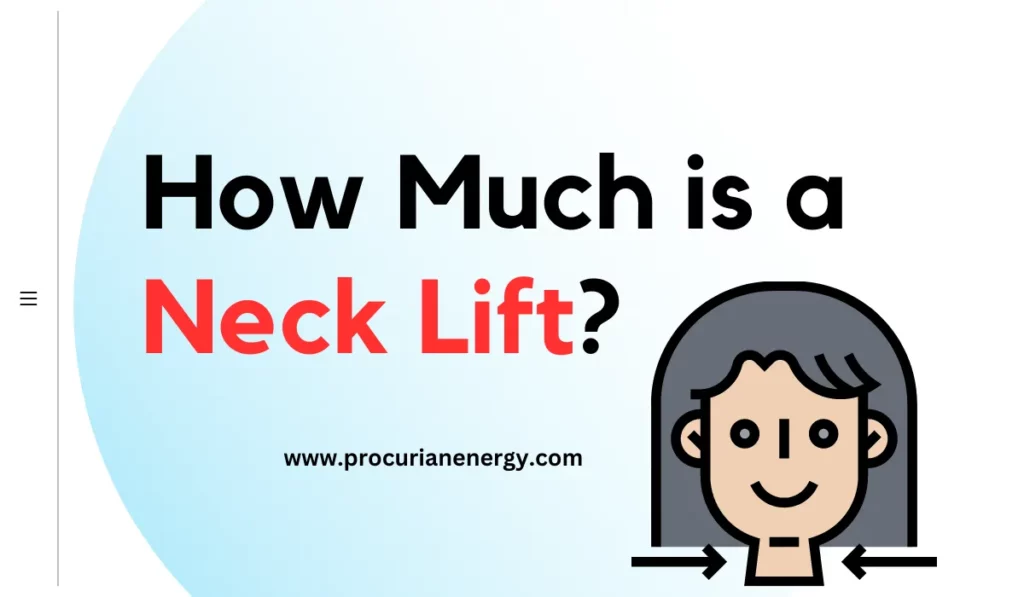
![How Much is a Wedding Photographer & Videographer? [2023-Updated] How Much is a Wedding Photographer & Videographer](https://procurianenergy.com/wp-content/uploads/2023/07/How-Much-is-a-Wedding-Photographer-Videographer-1024x597.webp)
